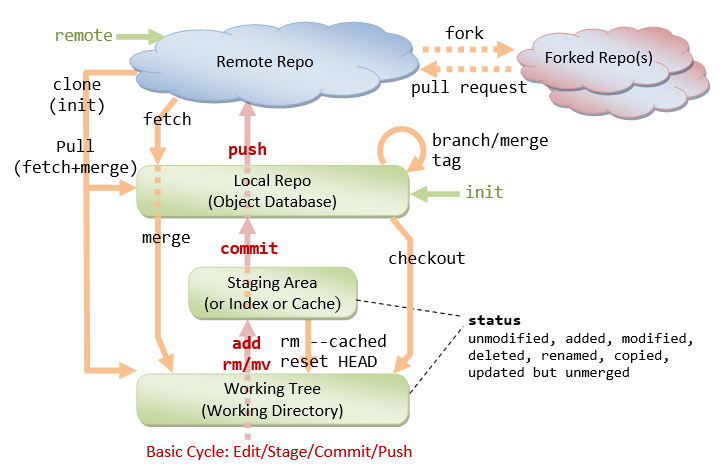

If you don’t want Git to display two lines for each change, you can use the -color-words option. For all lines that have changed, the SECOND-BRANCH version will be a green line starting with a ”+”, and the FIRST-BRANCH version will be a red line starting with a ”-“. You’ll see colored output for the changes between branches. You can compare branches with the git diff command: git diff FIRST-BRANCH.SECOND-BRANCH Git branch -delete -force BRANCH-TO-DELETE Compare Branches You can override this and force Git to delete the branch with the -D option (note the capital letter) or using the -force option with -d or -delete: git branch -D BRANCH-TO-DELETE Git will throw an error if the changes in the branch you’re trying to delete are not fully merged into the current branch. The branch that you switch to makes a difference. You first need to checkout a different branch, then run the command: git branch -d BRANCH-TO-DELETE Git won’t let you delete a branch that you’re currently on. Git branch -move OLD-BRANCH-NAME NEW-BRANCH-NAME Delete a Branch To rename a branch, run the command: git branch -m OLD-BRANCH-NAME NEW-BRANCH-NAME The parent branch is the branch you’re on when you create the new branch. When you create a new branch, it will include all commits from the parent branch.

The following commands do the same thing: # Two-step method You can pass the -b option (for branch) with git checkout. There’s a shortcut to create and checkout a new branch at once. You’ll need to run git checkout NEW-BRANCH-NAME to switch to it. Note that this command only creates the new branch.

To create a new branch, run the command: git branch NEW-BRANCH-NAME

There will be an asterisk (*) next to the branch that you’re currently on. To view both remote-tracking branches and local branches, run the command: git branch -a To view the branches in a Git repository, run the command: git branch Git’s branching functionality lets you create new branches of a project to test ideas, isolate new features, or experiment without impacting the main project.


 0 kommentar(er)
0 kommentar(er)
